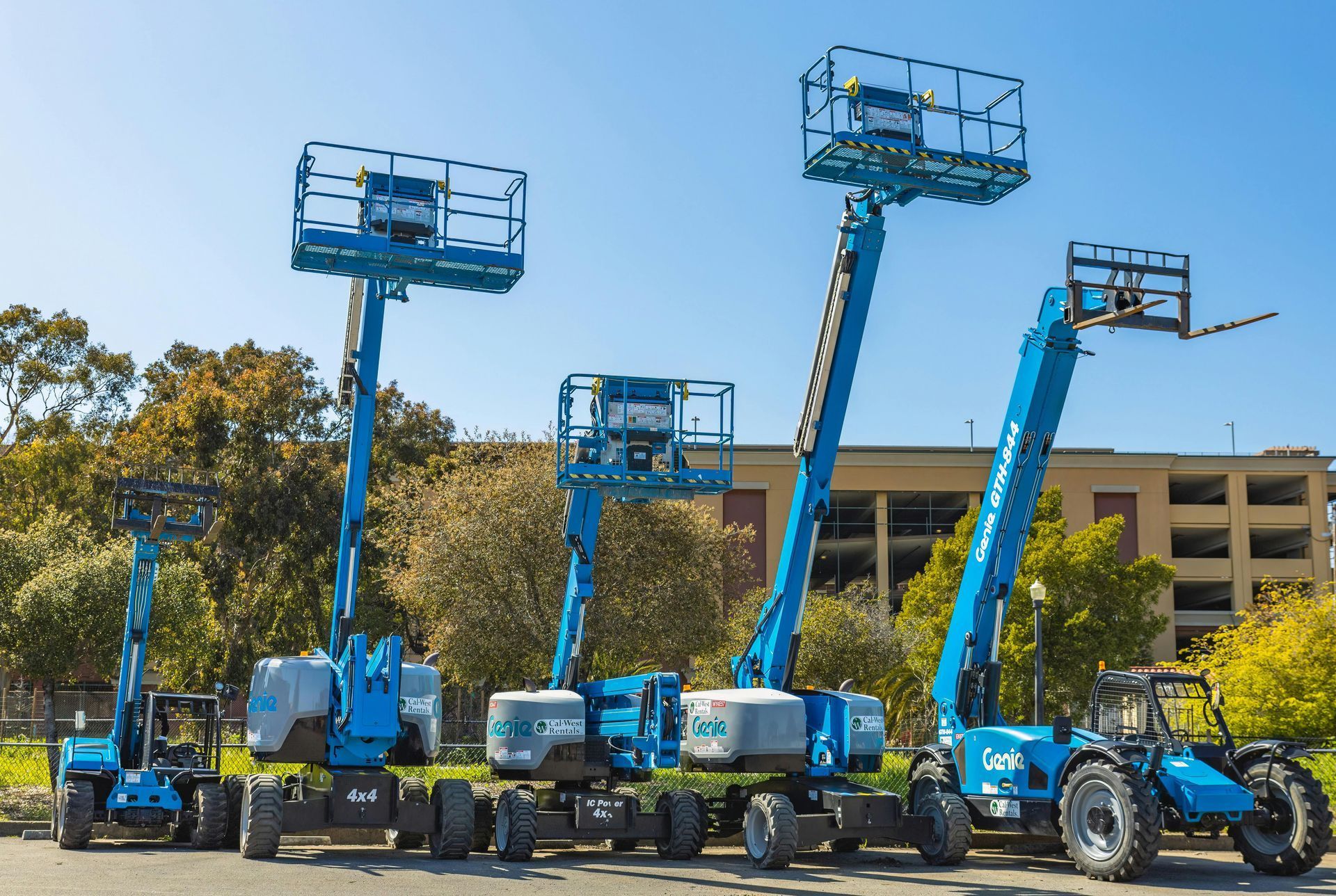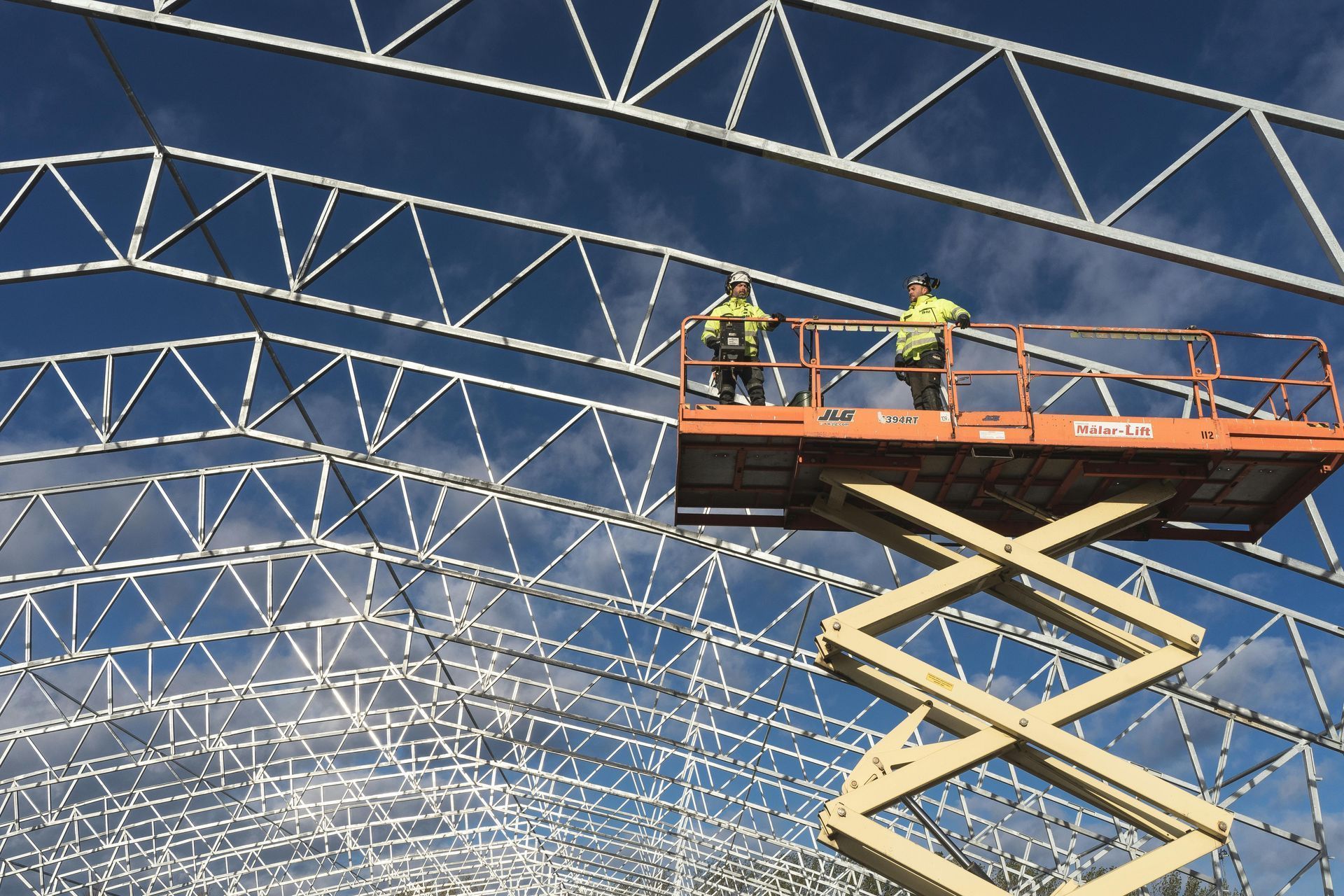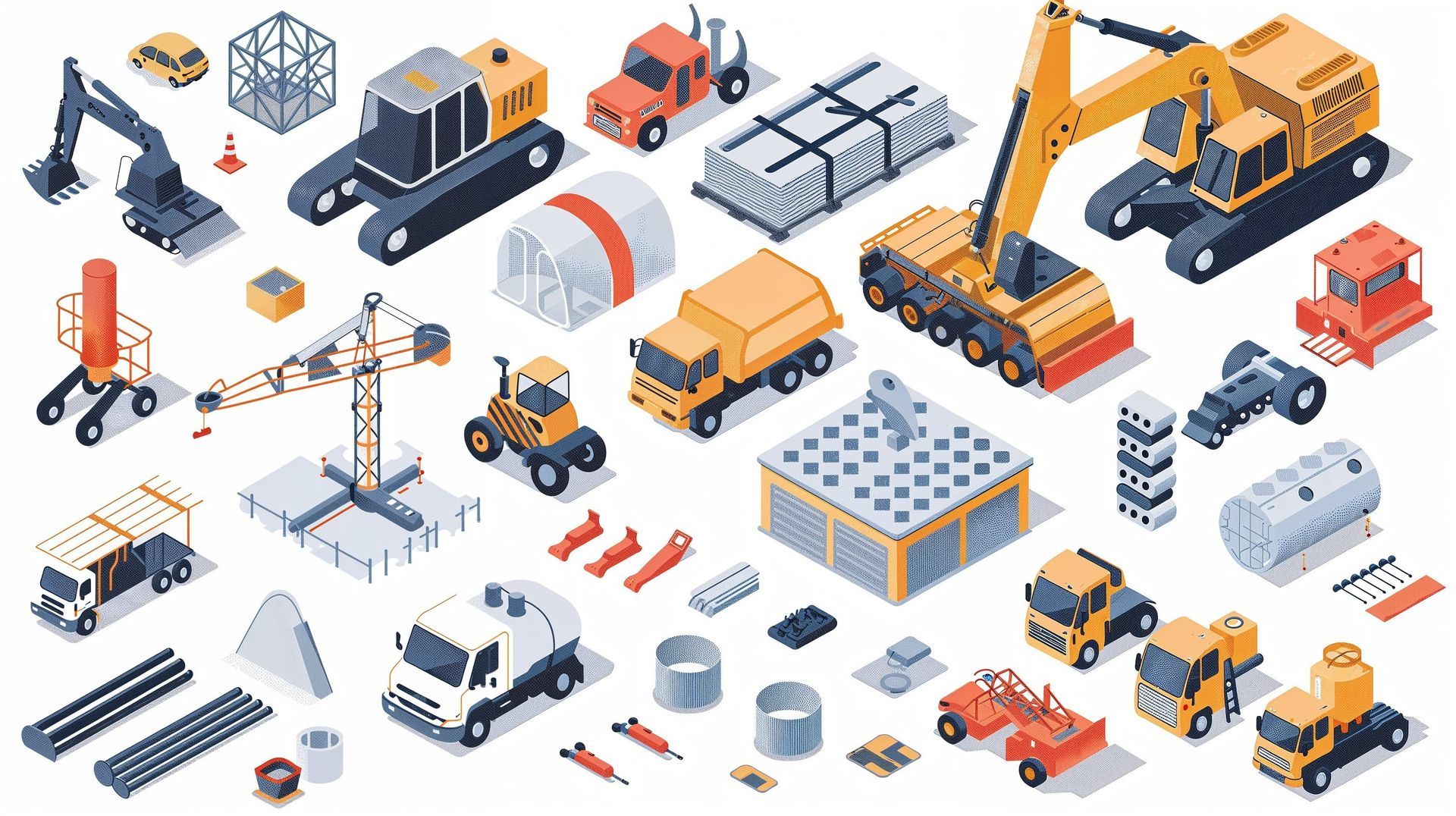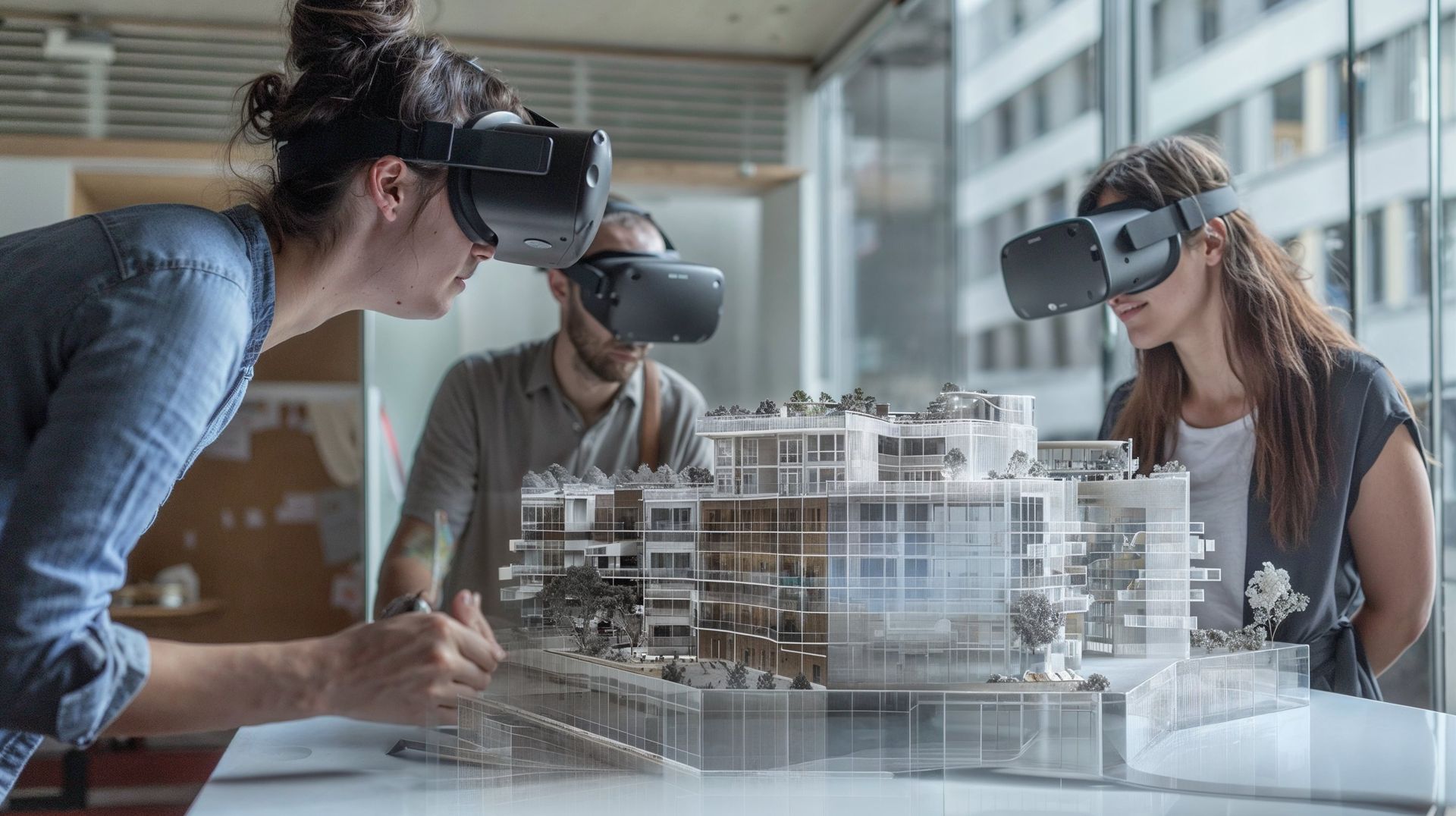Leveraging Smart Technology in Construction: Enhancing Efficiency and Sustainability
How Smart Technology is Revolutionizing the Construction Industry

The construction industry has always been a cornerstone of modern civilization, continually evolving with advancements in technology. In recent years, the integration of smart technology in construction has taken center stage, offering unprecedented opportunities to enhance efficiency, safety, and sustainability. This article delves into the transformative impact of smart technology on construction, exploring its benefits, real-world applications, and future potential, while highlighting keywords frequently used in Google searches.
The Evolution of Smart Technology in Construction
Smart technology encompasses a broad range of innovations, including the Internet of Things (IoT), artificial intelligence (AI), machine learning, and automation. These technologies are increasingly being integrated into construction processes to streamline operations, reduce costs, and improve overall project outcomes.
Internet of Things (IoT) in Construction
The Internet of Things (IoT) refers to the network of interconnected devices that communicate and exchange data. In construction, IoT devices can be used to monitor equipment, track materials, and ensure worker safety. Key applications include:
- Equipment Monitoring: IoT sensors attached to construction equipment can provide real-time data on performance, maintenance needs, and potential issues, reducing downtime and increasing efficiency.
- Material Tracking: RFID tags and GPS tracking can monitor the location and status of construction materials, ensuring timely deliveries and reducing waste.
- Worker Safety: Wearable IoT devices can monitor workers' health and safety conditions, alerting supervisors to potential hazards and ensuring compliance with safety protocols.
Artificial Intelligence (AI) and Machine Learning
AI and machine learning are transforming construction by enabling predictive analytics, automating repetitive tasks, and improving decision-making processes. Key applications include:
- Predictive Maintenance: AI algorithms can analyze data from IoT sensors to predict equipment failures before they occur, reducing downtime and maintenance costs.
- Project Planning: Machine learning can analyze historical project data to optimize scheduling, resource allocation, and risk management, improving project timelines and outcomes.
- Quality Control: AI-powered systems can inspect construction work for defects and deviations from design specifications, ensuring higher quality and reducing rework.
Building Information Modeling (BIM)
Building Information Modeling (BIM) is a digital representation of the physical and functional characteristics of a building. BIM integrates various aspects of construction, from design and planning to execution and maintenance, into a single cohesive model. Key benefits include:
- Collaboration: BIM facilitates collaboration among architects, engineers, contractors, and clients, improving communication and reducing misunderstandings.
- Visualization: BIM provides 3D visualizations of construction projects, helping stakeholders understand the design and identify potential issues early in the process.
- Efficiency: BIM streamlines project workflows, reducing delays and cost overruns by identifying and resolving conflicts before construction begins.
Automation and Robotics
Automation and robotics are playing an increasingly significant role in construction, performing tasks that are repetitive, dangerous, or require high precision. Key applications include:
- Robotic Bricklaying: Automated bricklaying machines can lay bricks with greater speed and accuracy than human workers, reducing labor costs and increasing productivity.
- 3D Printing: Large-scale 3D printers can create building components or even entire structures using various materials, reducing waste and enabling innovative designs.
- Drones: Drones can perform site surveys, monitor progress, and inspect hard-to-reach areas, providing valuable data and improving safety.
Real-World Applications of Smart Technology in Construction
Hudson Yards: A Smart City within a City
Hudson Yards in New York City is one of the most ambitious and technologically advanced construction projects in the world. This mega-development integrates various smart technologies to enhance efficiency and sustainability:
- IoT Integration: IoT sensors monitor energy consumption, water usage, and waste management, optimizing resource efficiency and reducing environmental impact.
- AI-Driven Management: AI systems analyze data from various sources to optimize building operations, from heating and cooling to lighting and security.
- BIM Collaboration: BIM models facilitate collaboration among architects, engineers, and contractors, ensuring seamless project execution and high-quality outcomes.
Dubai Creek Tower: Pushing the Boundaries of Engineering
Dubai Creek Tower, set to become the tallest structure in the world, leverages cutting-edge smart technology to overcome engineering challenges and enhance sustainability:
- Advanced BIM: The project's BIM models integrate complex structural designs, enabling precise planning and execution of this record-breaking tower.
- Automated Construction: Robotics and automation are used for critical tasks, ensuring accuracy and safety in the construction of the tower's intricate elements.
- IoT-Enhanced Monitoring: IoT sensors monitor structural health, environmental conditions, and construction progress, providing real-time data for decision-making.
The Edge: A Benchmark for Smart Offices
The Edge in Amsterdam is widely regarded as one of the smartest and most sustainable office buildings globally. Key features include:
- IoT-Enabled Workspaces: IoT devices optimize workspace utilization, energy consumption, and indoor air quality, creating a comfortable and efficient work environment.
- AI-Powered Systems: AI algorithms manage lighting, heating, and cooling based on occupancy and weather conditions, reducing energy usage and costs.
- BIM Integration: BIM models support the building's lifecycle management, from design and construction to maintenance and renovation.
Environmental and Efficiency Benefits of Smart Technology
- Energy Efficiency
- Smart technology optimizes energy consumption in buildings, reducing greenhouse gas emissions and lowering operational costs. For example, AI-driven systems can adjust lighting and HVAC systems based on occupancy and weather patterns, ensuring efficient energy use.
- Resource Optimization
- IoT and BIM technologies enable precise tracking and management of construction materials, reducing waste and ensuring efficient use of resources. This not only conserves natural resources but also lowers project costs.
- Improved Safety
- Wearable IoT devices and automated monitoring systems enhance worker safety by identifying potential hazards and ensuring compliance with safety protocols. Drones and robotics can perform dangerous tasks, reducing the risk of accidents on construction sites.
- Enhanced Productivity
- Automation and robotics increase productivity by performing repetitive and labor-intensive tasks with greater speed and accuracy. This allows human workers to focus on more complex and creative aspects of construction, improving overall project efficiency.
- Sustainable Practices
- Smart technology supports sustainable construction practices by optimizing resource use, reducing waste, and minimizing environmental impact. For example, BIM enables the design and construction of energy-efficient buildings, while IoT devices monitor and manage sustainability metrics throughout a building's lifecycle.
The Future of Smart Technology in Construction
The future of smart technology in construction is bright, with continued advancements expected to further enhance efficiency, safety, and sustainability. Key trends shaping the future of smart construction include:
- Increased Adoption of AI and Machine Learning
- As AI and machine learning technologies continue to evolve, their applications in construction will expand. Predictive analytics, automated project management, and advanced quality control systems will become standard practices, driving significant improvements in project outcomes.
- Expansion of IoT Integration
- The integration of IoT devices in construction will continue to grow, providing even more granular data on equipment, materials, and environmental conditions. This data will enable more precise and efficient construction practices, from material management to real-time monitoring of site conditions.
- Advancements in Robotics and Automation
- Robotics and automation will play an increasingly prominent role in construction, performing a wider range of tasks with greater precision and efficiency. From robotic bricklaying to 3D printing of building components, these technologies will revolutionize construction processes and enable new architectural possibilities.
- Development of Smart Cities
- The concept of smart cities, where buildings, infrastructure, and public services are interconnected and optimized through smart technology, will gain momentum. Smart cities will leverage IoT, AI, and other technologies to enhance urban living, improve sustainability, and create more efficient and resilient communities.
- Collaboration and Integration
- The construction industry will increasingly collaborate with technology providers, research institutions, and other stakeholders to drive innovation and share best practices. Integration of smart technology across the construction lifecycle, from design and planning to construction and maintenance, will become the norm.
Conclusion
The integration of smart technology in construction is transforming the industry, offering unprecedented opportunities to enhance efficiency, safety, and sustainability. By embracing innovations like IoT, AI, BIM, and robotics, construction professionals can optimize processes, reduce costs, and create more sustainable built environments.
As the industry continues to evolve, the commitment to leveraging smart technology will become even more critical. Staying informed about the latest advancements and trends will enable construction professionals to lead the way in creating the buildings and infrastructure of the future.
#SmartConstruction #ConstructionTechnology #IoTInConstruction #AIBuildingSolutions #BIMModels #RoboticsInConstruction #SustainableBuilding #ConstructionInnovation #FutureOfConstruction #GreenBuildingTech










